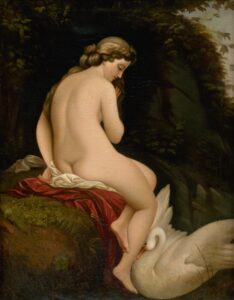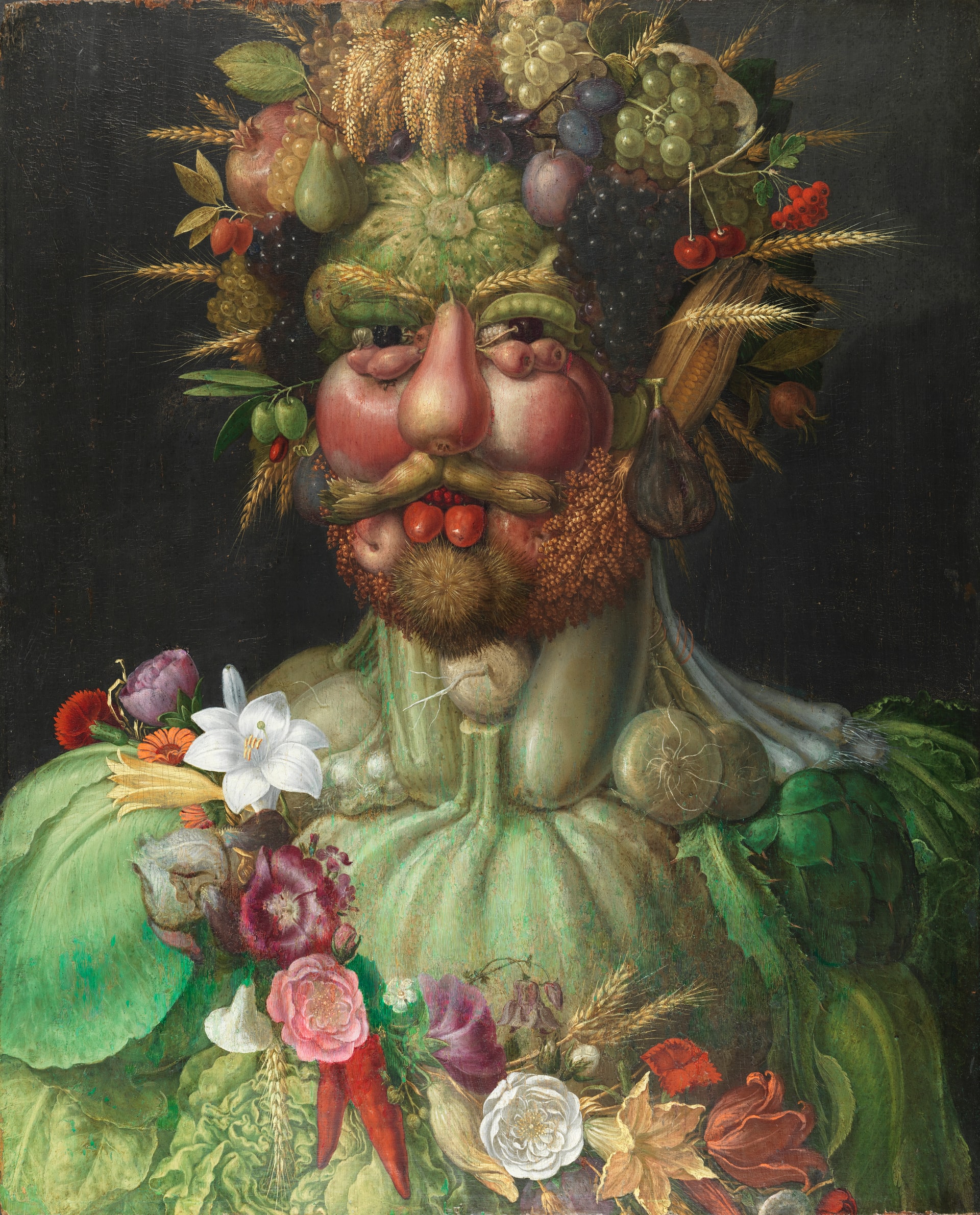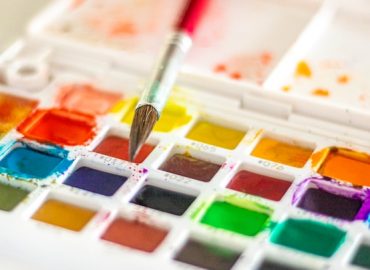Oil painting can be a relaxing and enjoyable hobby. It requires a little skill and a lot of practice. The most important thing to remember is that if you are working with oil paints, they will change colour depending on your application method. It is not recommended that you let go of the paint once you have completed a layer. Another good practice is to allow the oil painting to dry completely on a surface that is not exposed to sunlight. A tablecloth may be useful to cover the work surface while it is drying.
Some artists like to build layers of glazes on top of previous layers. They usually build up layers of light colours like blue, green or purple. These glazes are then topped with more dark colour glazes. In this way, different moods and effects can be achieved. The only rule is that you must always start with oil colour and add glaze layers only where it is necessary and suitable for the work.
Oil on canvas is a versatile oil painting medium. There are many reasons why this is the case, but generally it is due to the fact that oil paints are slow to dry. When you view an oil painting you should be able to see the brush moving across the canvas as it is being blended. This allows the artist to create subtle changes in the intensity of the oil colours.
The drying time for oil paints varies widely. However, it is generally considered to be quite short. This means that you can complete a large number of paintings with the same medium without the need for multiple sessions. You can therefore use these mediums both on canvas and in your home.


Lynn covers artistic collaborations, curating stories that celebrate craftsmanship and design innovation.





